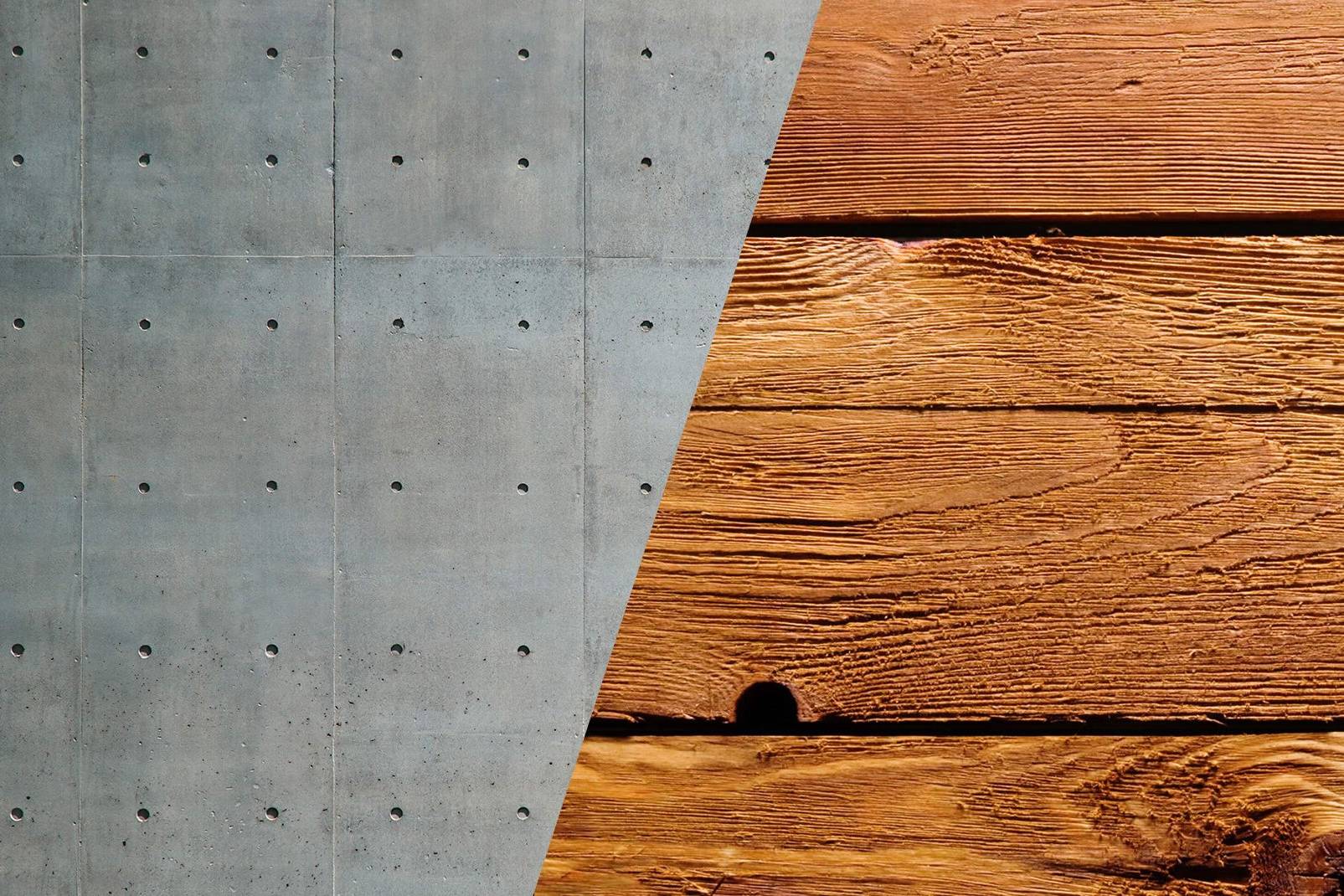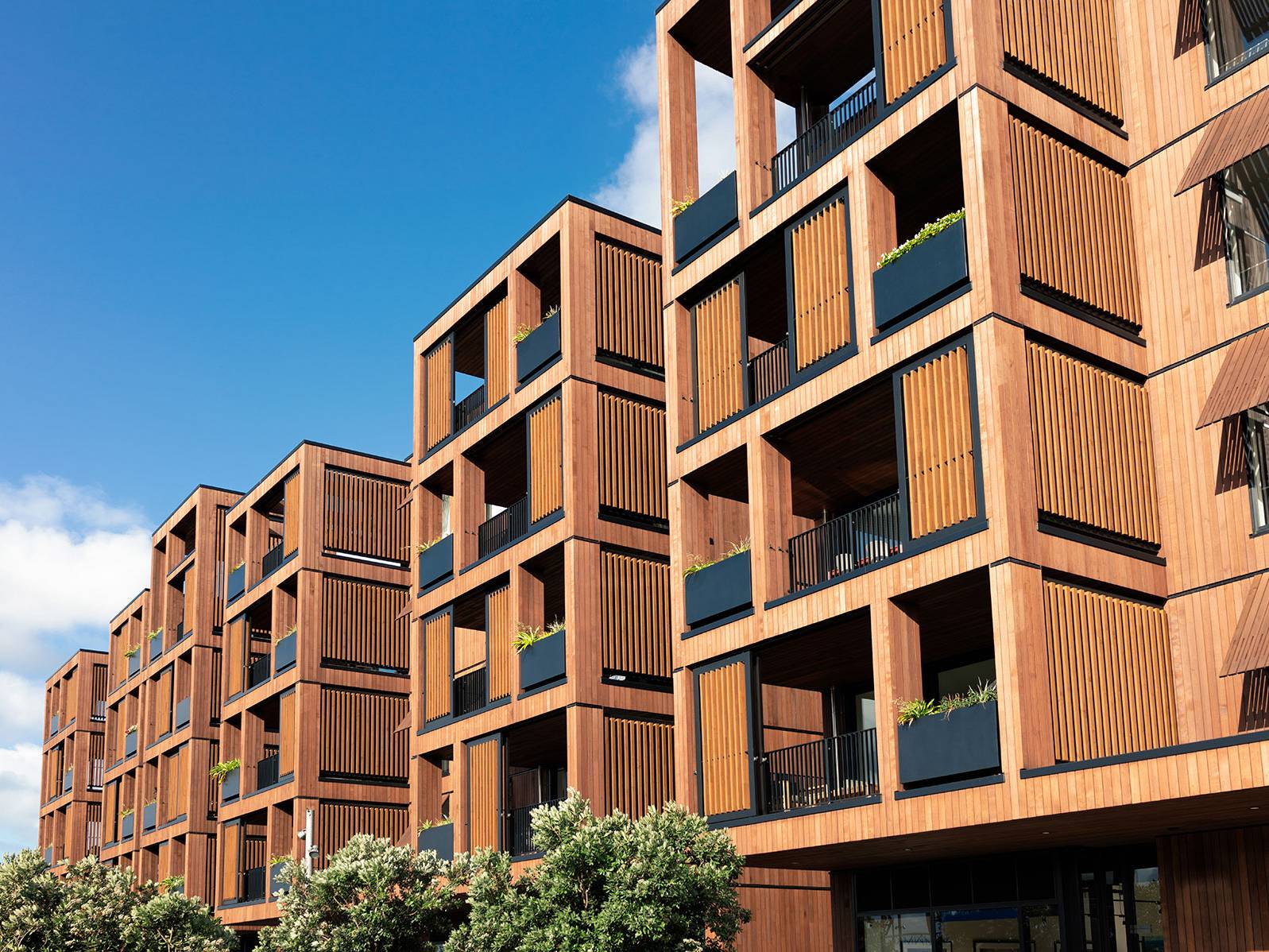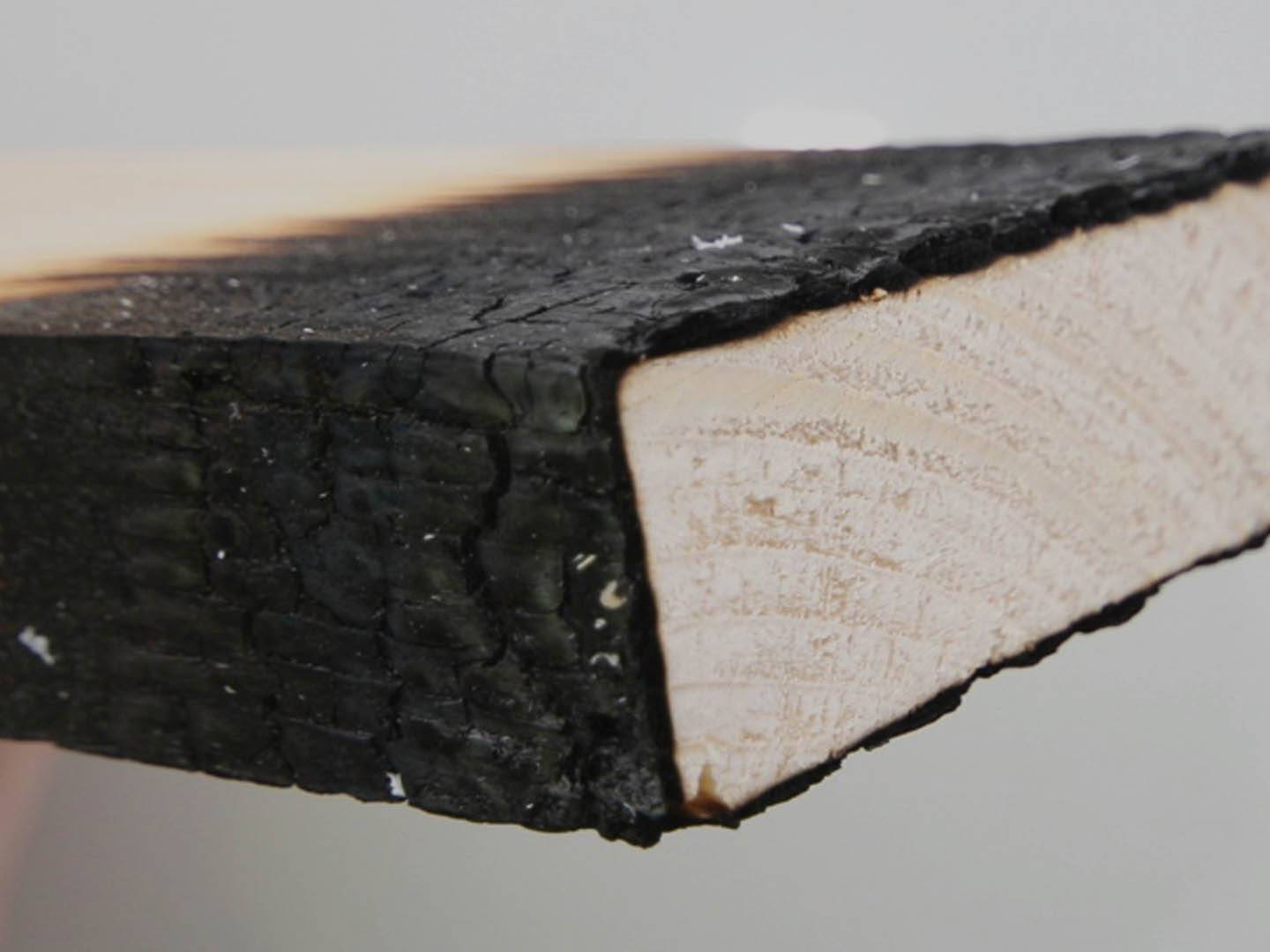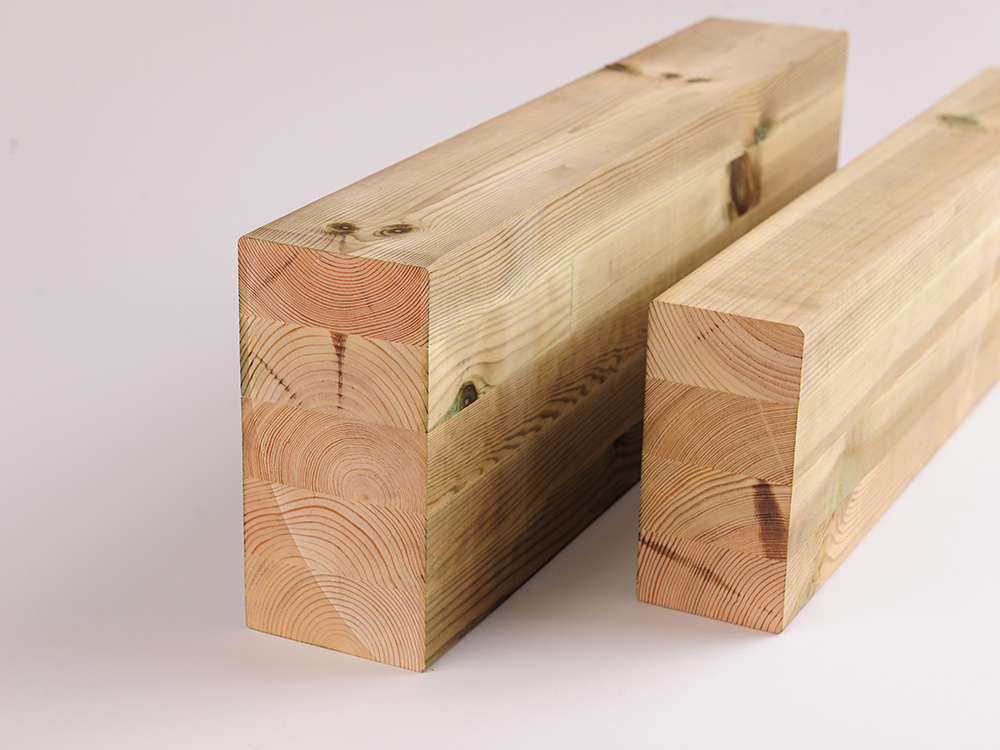The environmental performance of Wood versus Concrete
The environmental performance of Wood versus Concrete
Initially produced in Austria for the purpose of using less valuable timber, cross laminated timber (CLT) has progressively gained ground worldwide due to its possibilities in terms of quality, durability, reliability and safety of the constructions, not forgetting its minor environmental impact.
Although the eco-efficiency of cement and concrete is talked about nowadays, the bottom line is that their energy efficiency, durability and recyclability, waste production, energy consumption, carbon dioxide (CO2) emissions and natural resource consumption are still a cause for concern, not only during the construction phase but also later when the buildings are being used.
Cross laminated timber is produced from certified sustainable forest wood, the production of which entails a lower energy consumption than that of concrete or steel, which makes it an excellent measure towards cutting carbon emissions and the use of fossil fuel.
Wood is a natural, renewable and recyclable resource. Wood absorbs CO2 during its growth by fixing carbon for the formation of organic matter, and thus contributing to prevent the greenhouse effect. It should be noted that the CO2 fixed by the tree, by the wood, is only released into the atmosphere when burned. Therefore, felling, processing and recycling operations never release that CO2 into the atmosphere. In other words, wood, and as consequence, timber constructions, operate as batteries storing carbon dioxide storage batteries.
The CLT panels are prefabricated, produced in factories, and for this reason generate lower waste on-site compared to other construction materials used in civil construction. It is also possible to reuse parts or segments derived from cutting the panels, such as openings for doors and windows, in different applications or substructures like staircases or other architectural elements.

Related Articles
Why Choose Wood?ArticlesConstruction with Wood
Seismic Performance of Wood Buildings
Wood is a material with an excellent seismic performance. It is light, its construction members…
Why Choose Wood?ArticlesConstruction with Wood
Fire Performance of Wood Buildings
Wood has a good performance under fire. Wood burns when submitted to temperatures above 300ºC. Yes,…
ArticlesConstruction with Wood
The 5 myths about cross laminated timber (CLT)
The 5 myths about cross laminated timber (CLT)


